Titumir remains one of those forgotten names in the vast pantheon of Indian freedom fighters whose valour and courage never really got the respect they deserved. He was a peasant who fought for the rights of the downtrodden, someone who sought justice for the oppressed sections of our society. He famously built a large bamboo fort to resist the British, an act which has secured an important place in the Bengali folk legend. In 2004, in a BBC poll about the 'Greatest Bengali of all time', Titumir was placed in the 11th position.
The formative years of Titumir
Titumir was born as Syed Mir Nisar Ali on January 27, 1782, in the village of Chandpur or Haidarpur as per some sources, and his family claimed to be of Arab ancestry, tracing their descent from Caliph Ali. Titumir received his education in a local madrassa and was accomplished in Bengali, Arabic and Persian. Subsequently, he got married and moved to Kolkata (then Calcutta) with his wife. In Kolkata, Titumir furthered his Islamic studies. Also, he was a good wrestler and gymnast and worked for some time as the bodyguard of a local zamindar However, on one occasion, Titumir was jailed and after his release in 1822, he left the job to embark upon Hajj (the Islamic pilgrimage to Mecca) alongside one of his patrons.
The beginning of Titumir's revolt
In Mecca, a Wahabi preacher named Syed Ahmad Barelvi influenced Titumir. After he returned from Mecca, Titumir began to mobilise the Muslim peasantry against the zamindars (feudal landowners) and began to become vocal about their oppressions. Titumir faced a strong wave of counterattacks from the zamindar community, who, irrespective of religion, objected to his activities in unison.
His conflicts with Zamindars
Titumir, for his attitude toward the rich and powerful landowners, soon came into a clash with zamindar Krishnadeva Rai of Purha for reportedly his sectarian attitude towards the Muslims and for imposing illegal taxes on them. The peasants, inspired by Titumir, refused to pay taxes and the act infuriated Rai who sent his men to vandalise the homes of his subjects. A clash ensued between the two sides but the matter remained inconclusive. Both sides filed complaints at the Baduria Police station and eventually, the Sub-Divisional Magistrate of Barasat dismissed the issue but only after getting a declaration from the peasants about committing to peace in near-future.
Titumir also came into conflict with other landlords like Kaliprasanna Mukhopadhyay of Gobardanga, Rajnarayan of Taragonia, Gauri Prasad Chowdhury of Nagarpur and Devanath Rai of Gobra-Govindpur for their oppression of the peasantry.
The armed group of Titumir
With time, Titumir became convinced that an aggressive political-economic class struggle was needed and he felt that it was time for an all-out armed resistance against the nexus of zamindars and the British administration. He began to form an armed group and trained them in lathi (bamboo stick) and other indigenous weapons. Titumir shifted his base from Chandpur to Narkelberia and began organising an armed militia. At that time, the oppression of the British Indigo planters and inhumane atrocities pushed the backs of the oppressed section to the wall.
He made his disciple and nephew, Ghulam Masum the commander of his force. Titumir's activities alarmed the zamindars who tried to take a united stand and involve the British in their fight against him. Davies, a manager of an Indigo plantation at Mollahati, was defeated when a clash broke out and the zamindar of Gobra-Govindpur was killed. Alexander, the collector of Barasat, advanced against Titumir but was severely defeated. By that time, Titumir had filed a complaint to the East Indian Company's British government of India against the oppression of the zamindars, but it was a futile effort.
The bamboo fortress of Titumir, and his death
The resistance of the peasants grew in stature and many of the Zamindars fled to Kolkata. The Commissioner of Presidency Division was solicited to tackle the situation and accordingly, Alexander, the Joint Magistrate of Barasat (along with Ramram Chakraborti, Officer-In-Charge of Baduria Thana) set out with a force of 120 policemen on November 15, 1830. But they were defeated and Titumir began to administer a large area around Narkelberia.
Titumir commanded the massive support of thousands of peasants, but a battle with the forces of the Company seemed inevitable.
Titumir built a strong fort with bamboo poles at Narkelbaria in October 1831. On November 17, 1831, the British forces moved towards Narkelberia aided by zamindars but were completely defeated by Titumir's forces. On November 18, 1831, a military unit consisting of a cavalry unit and infantry unit (led by Major Scott, Lieutenant Shakespeare, and Major Sutherland laid a siege on Titumir's fort. The rebels with traditional weapons failed to resist the British army equipped with modern weapons and took shelter inside the bamboo fort. On November 19, the fort was totally destroyed, and Titumir was bayoneted to death, as were fifty fellow soldiers. Ghulam Masum was hanged in front of the destroyed fort, and about 140 had to serve prison terms of varying lengths. The commanding officer of the British forces noted his opponent's bravery in the dispatches and also commented on the strength and resilience of bamboo as a material for fortification.




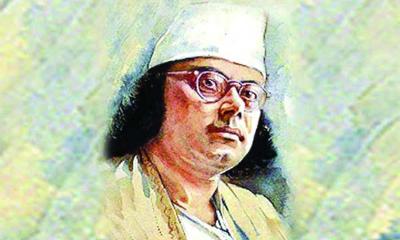
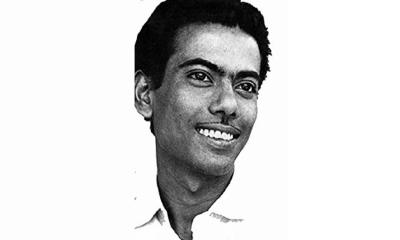
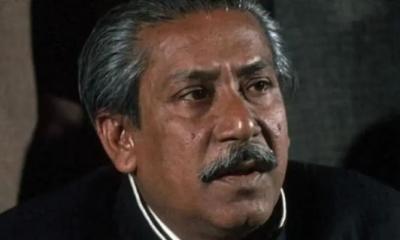
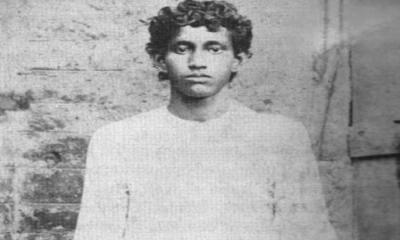
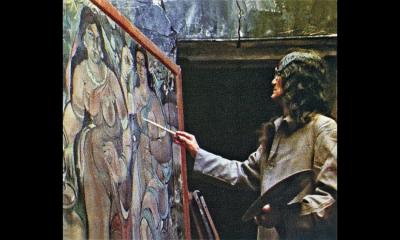

-20251214131253.webp)



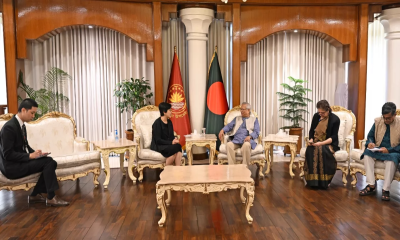



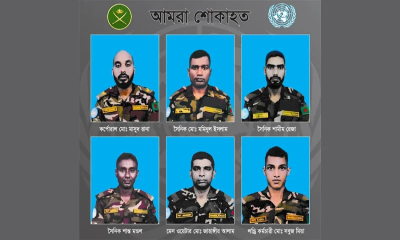
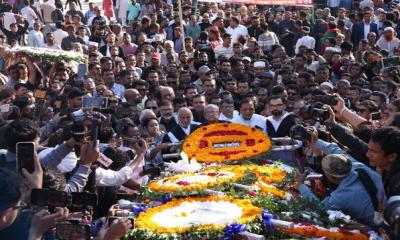

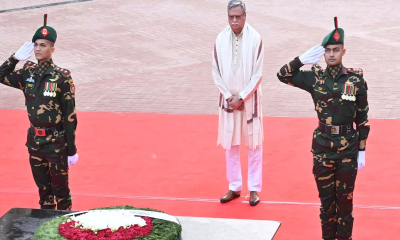
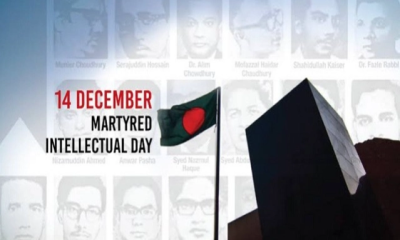
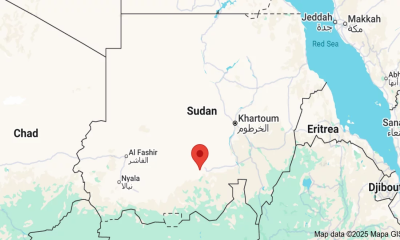
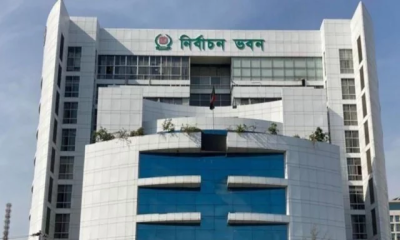



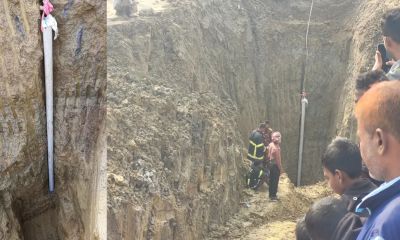
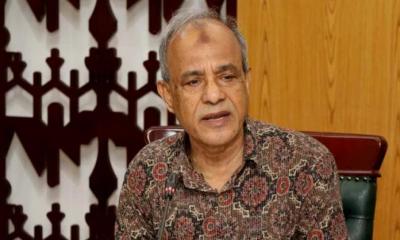
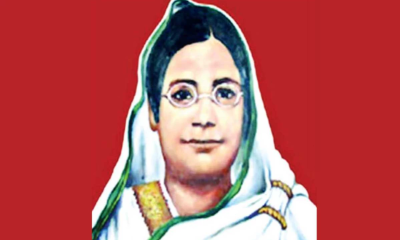


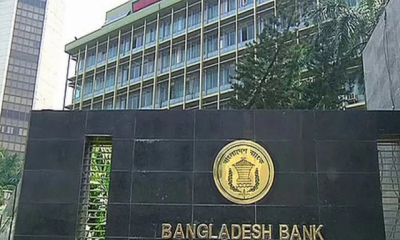

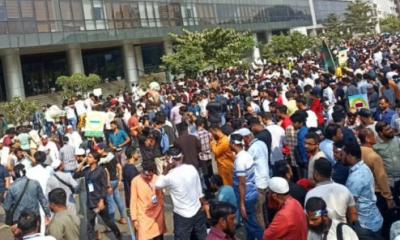


-20251207131533.jpg)
